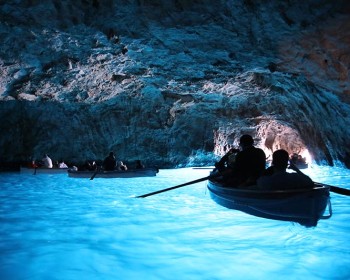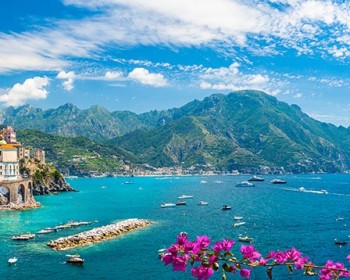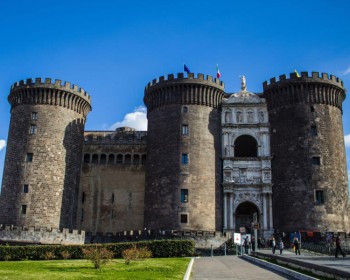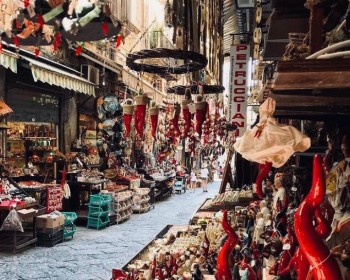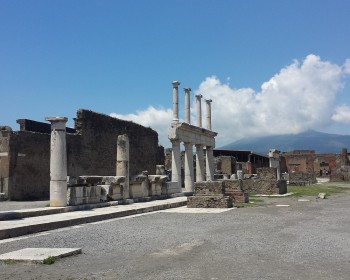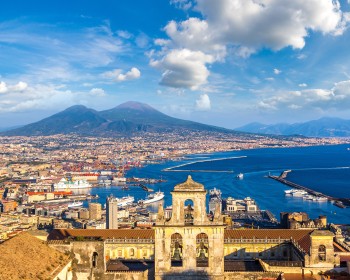With a private tour guide of Naples you can enter the heart of the city and discover every little street, building and monument. One of the experiences not to be missed during a visit to the city of Naples is an excursion of underground Naples.
Underground Naples is a city in the city. It is an itinerary that allows you to discover the subsoil of the city of Naples. In the Neapolitan subsoil it is possible to start a journey through the history of 2800 years that starts from the Greek era to get to the modern one.
Discovering Naples from the Underground
The underground city of Naples extends over the entire historic center. It is composed of a dense and large network of tunnels and cavities made according to places and historical periods for various purposes.
The first artifacts date back to about 5000 years ago (end of the prehistoric era). However, it was in Roman times that there was the development of various tunnels (such as the cave of Cocceio and cave of Seiano) and a network of aqueducts able to carry water from the springs of the river Serino in the center. The other branches of the aqueduct fed instead the Mirabilis Pool in Miseno, which represented the water reserve of the Roman fleet.
The original function for which the cavity was made was the extraction of tuff (stone of volcanic origin friable and resistant to pressure). The Greeks gave a function to these spaces, that of large water tanks and created the first aqueduct in history Operating until 1885, that is until a large cesspool in Forcella stopped working and the dirty water instead of draining began to rise up to transfer into the cistern and contaminate the entire water network. This caused a series of deaths due to the cholera epidemic.
However, it was also used for offenses related to theft and dumping of waste materials. During the Second World War the underground was used as air-raid shelters.
In fact, there is the War Museum, where you can find testimonies and objects related to the war years. In addition to this area, there are also two particular sections:
- Seismic Station "Arianna", in which the telluric moments affecting the territory are recorded;
- Orti Ipogei, a scientific experiment that consists of an underground garden in which some plants have been sown. There is no irrigation with water but the high level of humidity present underground is exploited.
The legend of the munaciello
To keep the private cisterns clean, the nobles used servants, called "pozzari".
The well-cleaner was often not paid by the Noblemen and Lords, for this reason he began to sneak in (through the channels used to lower the bucket) the houses of the Lords and steal valuable items. It is said that the pozzaro began loving relationships with more than one noble lady and began to leave gifts to her lovers.
Hence the legend of the munaciello.
The munaciello is a legendary spirit of Neapolitan folklore of both beneficial and spiteful nature. He is depicted as a deformed little boy of short stature, wearing a white tunic.
But this is not the only legend that circulates on the munaciello.
An ancient legend tells that the munaciello was the son of a noblewoman named Caterina Frezza and a man of the people, Stefano Mariconda. The relationship between the two was strongly opposed by her family, so much so that Stefano was one day assaulted and thrown into the void before the eyes of his beloved. Catherine, now expecting, decided to lock herself in a convent and gave birth to a small and deformed child. The mother, hoping for an improvement in the child’s health, began to dress him in a black and white monk’s dress. The child wandered the streets of the Porto district, arousing disgust and suspicion that soon turned into insults and disrespect towards him.
Traces of the munaciello were suddenly lost. Rumors were circulating that he had been taken away by the devil, other rumors stated that he had been murdered by the Frezza family. Since then the Neapolitan people began to see it in the most disparate places and to it unpleasant events were often attributed.


